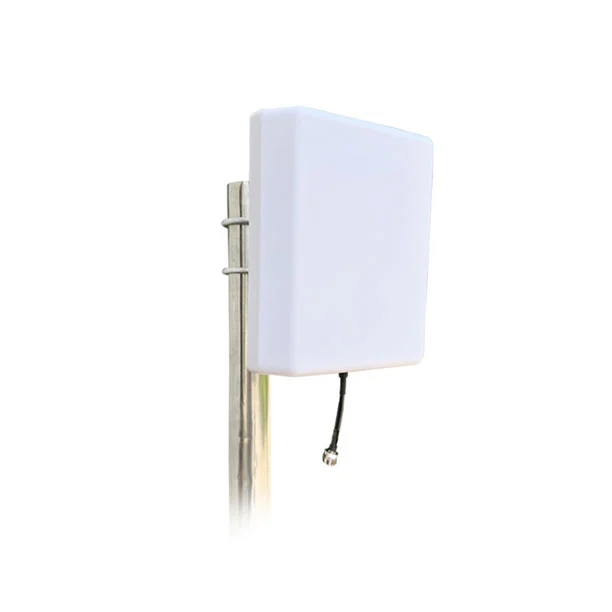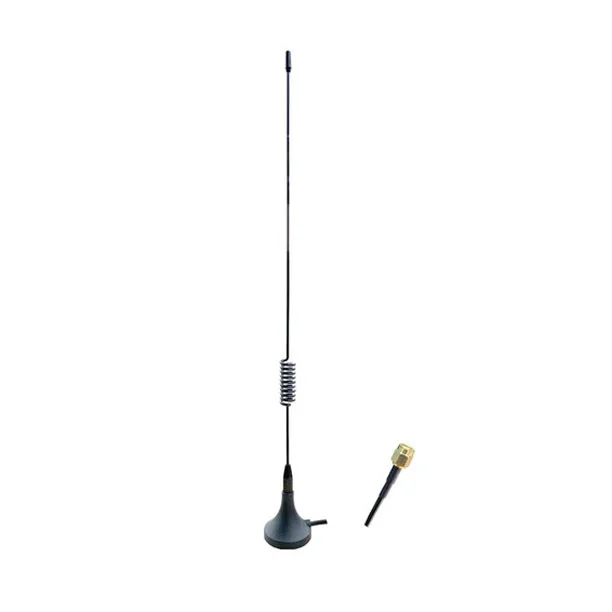Wireless communication plays a central role in our modern lives, connecting us to the internet, powering our smartphones, and enabling IoT devices. At the heart of these wireless connections are terminal antennas. Whether you're setting up a home Wi-Fi network, deploying IoT sensors, or working on a specialized project, selecting the right terminal antenna is crucial. In this guide, we'll delve into the key considerations for choosing the perfect terminal antenna to meet your wireless needs.
Before diving into the selection process, let's establish a clear understanding of what terminal antennas are and what they do. Terminal antennas are the components responsible for transmitting and receiving wireless signals between devices and the network. They come in various shapes, sizes, and designs, each tailored to specific applications.
Frequency Compatibility
The first and most critical consideration when choosing terminal antennas is frequency compatibility. Different wireless technologies operate within specific frequency bands. For instance, Wi-Fi typically uses 2.4 GHz and 5 GHz bands, while cellular networks have their frequency ranges. It's essential to select a terminal antenna that is designed to operate within the frequency range of your wireless technology. Mismatched frequencies can result in poor signal quality or, in some cases, no connectivity at all.
Gain and Coverage
The gain of an antenna determines its signal strength and coverage area. Higher gain antennas can transmit and receive signals over longer distances but often have a narrower coverage angle. Conversely, lower gain antennas have a broader coverage area but may not reach as far. Consider the specific range and coverage requirements of your application when choosing the gain of your terminal antenna.
Antenna Type
Terminal antennas come in various types, each suited to different applications:
Omni-Directional Antennas: These antennas provide a 360-degree coverage pattern and are ideal for situations where the signal needs to reach devices in all directions, such as home Wi-Fi networks.
Directional Antennas: Directional antennas focus their signal in a particular direction. They are useful for point-to-point or point-to-multipoint connections, such as connecting two buildings wirelessly.
Patch Antennas: Patch antennas are compact and offer good performance for applications where space is limited, such as IoT devices or embedded systems.
Yagi Antennas: Yagi antennas are highly directional and are often used for long-range communication, such as outdoor point-to-point links.
Polarization
Antennas can have different polarization orientations, such as vertical, horizontal, or circular. Matching the polarization of your terminal antenna with the transmitting antenna is essential for maximizing signal strength and quality. Mismatched polarizations can lead to signal degradation and reduced performance.
Environmental Considerations
Consider the environmental conditions in which your terminal antenna will operate. Factors such as weather resistance, temperature tolerance, and exposure to dust or moisture can impact the durability and longevity of the antenna. Choose an antenna that is designed to withstand the environmental challenges of your specific application.
Selecting the right terminal antenna for your wireless needs is a critical step in ensuring reliable and efficient communication. By considering factors like frequency compatibility, gain, antenna type, polarization, and environmental conditions, you can make an informed decision that aligns with your specific requirements. Remember that the right terminal antenna can significantly enhance the performance of your wireless devices and networks, making it an investment worth careful consideration.
Read further: Terminal Antennas vs. Combination Antennas: Which Is Right for You?

 English
English





